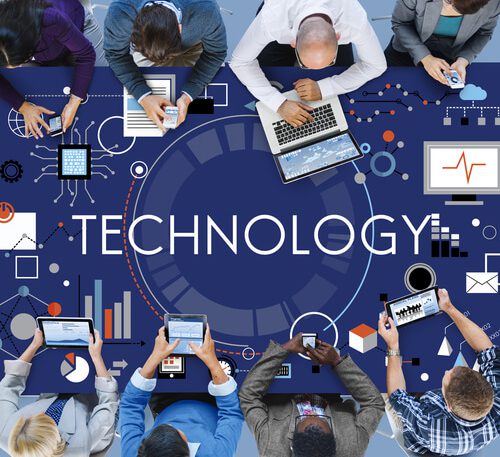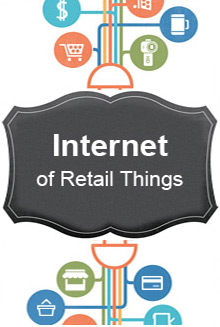It would perhaps be an understatement to say that the year gone by has been a challenging one. While we often talk about digital disruption, it pales in comparison to the disruption that is caused by a pandemic like the one we saw this year. However, things could have been much worse, and it is a small miracle that the knowledge economy has managed to sustain itself and even thrive in some cases, against all odds. This has been made possible largely due to the robust digital infrastructure that most businesses have established over the last decade.
Quite frankly, technology has been a masked superhero in these challenging times and has not just facilitated “business as usual” but also enabled innovation and ingenuity across several important industries. As we step into a new year that will hopefully see a gradual resurgence and return to normalcy, let us look at some of the technology drivers that will be an integral part of this emerging new normal.
Frontier technologies like blockchain, robotics, drones and AI will take a generational leap and increasingly make their presence felt in the mainstream. For instance, the year gone by has seen a widespread adoption of blockchain not just by the financial services industry but also by hospitals and pharmaceutical companies that are leveraging it to safeguard critical information such as patient records and drug-formulation data.
Also, newer use cases have emerged due to the pandemic that will accelerate growth in technologies like drones & AI. For instance, using drones combined with computer vision & AI on low powered devices to create surveillance drones that can monitor gathering of people in public places, traffic patterns etc.
In the new year, I believe we will also see other industries like education and learning increasingly leverage these technologies for a variety of purposes like verifying certificates and marksheets, protecting their study material and copyrights or tracing the origin of academic transcripts.
The pre-pandemic world focused on offering anytime-anywhere access to customers. However, now the business world has realized that not just customers, but employees too need similar access to their technology infrastructure. A “digital first, remote first” mindset will help businesses transition smoothly towards an operate-from-anywhere work model. However, companies will need to build the right foundation to facilitate collaboration and productivity through cloud and edge infrastructure and automate processes to support remote operations.
While operating from anywhere has become an inevitable reality, it requires most assets and devices to be located outside the traditional physical and logical security parameters which would take a heavy toll on an organization’s security team. With phishing attacks, data and identity theft on the rise, organizations must deploy a cyber-security model that retains the flexibility necessary to operate in the current conditions while ensuring zero hindrance to the company’s growth and ensuring the highest standards of safety.
In addition, businesses that want to stay ahead of the curve will have to embrace hyper-automation in a major way to not just take care of repeatable tasks but also use AI based automation to fundamentally redesign processes and drive-up efficiency. To implement hyper-automation, organizations should invest in the digitization of their artifacts and also ensure their business and IT process workflows across functional areas are digital. I would encourage you to read Sundar’s column in this compendium where he covers the topic in greater detail.
In addition, businesses will have to embrace the distributed cloud model to reduce latency, network congestion and the risk of data loss while ensuring compliance with privacy regulations that require certain sets of data to remain in a specific geography. This distributed cloud may include an on-premise public cloud, Internet of Things (IoT) edge cloud, and a 5G mobile edge cloud, with each offering distinct advantages while addressing various business and technological challenges.
I firmly believe the businesses that will truly differentiate themselves in the near future will be the ones that are most effectively able to provide a consistent end-to-end experience to their customers, employees, and partners. Not surprisingly, such an experience can only be built on the back of a digital ecosystem that leverages frontier technologies to not only meet the needs of today but scale to the challenges of a rapidly shape shifting tomorrow.

has over 25 years of experience in diverse technology management roles. As Chief Technology Officer, Sridhar is responsible for leading Industry domains, technical advisory services and solution accelerator initiatives at Happiest Minds. He is a technologist with hands-on experience in conceptualizing, designing, building & launching products for various startups to industry leaders.
Before joining Happiest Minds, Sridhar was CTO at Mindtree, Product Engineering Services and responsible for setting technology direction, incubating emerging technologies, leading horizontal technology practices and IP initiatives. Sridhar held multiple senior roles in both product and services organizations like Aztecsoft, Tektronix & Tata Elxsi both in India & US.
Sridhar has a Master of Engineering degree in Computer Science from Indian Institute of Science (IISc) and a Bachelor of Engineering from Andhra University in India.







